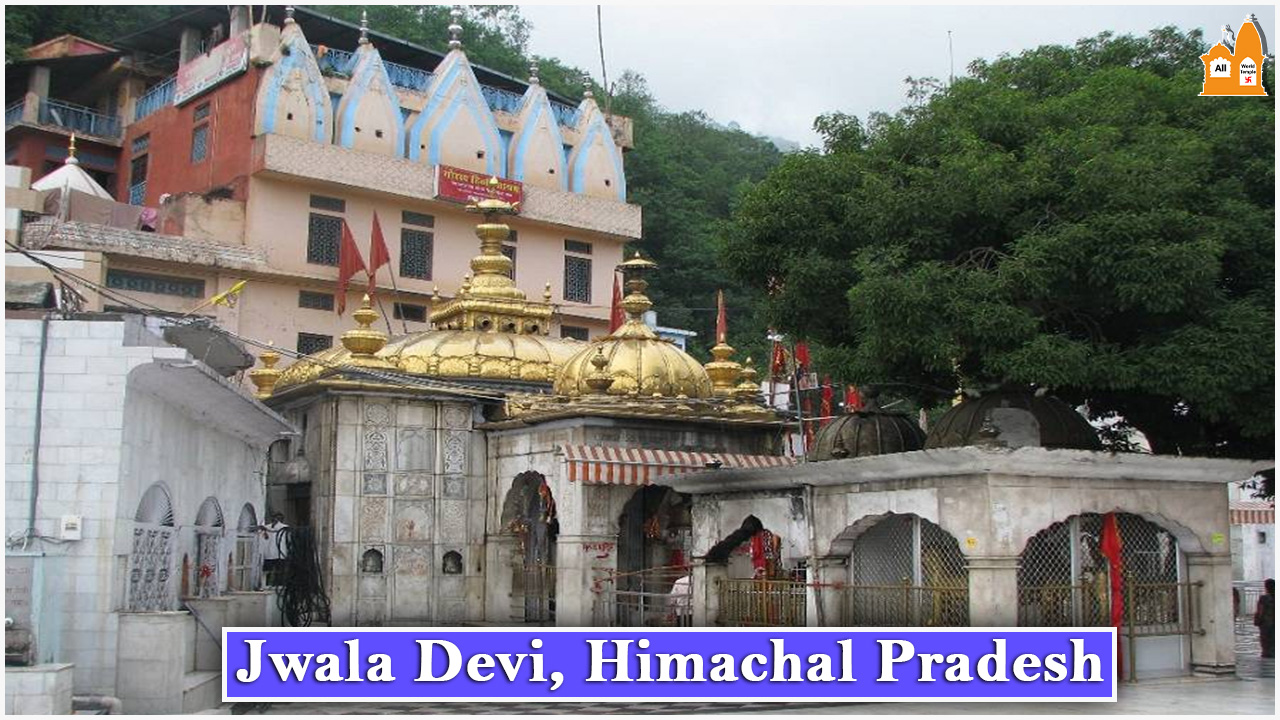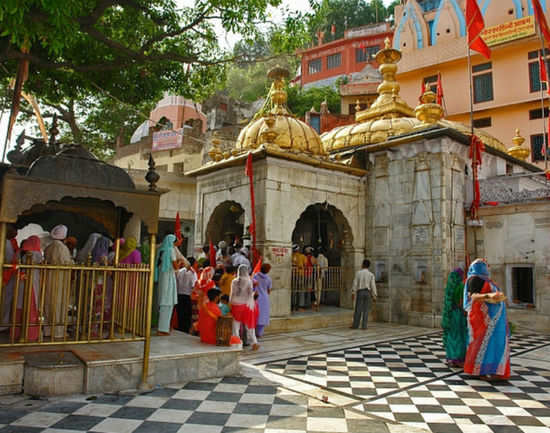Jwalaji Temple is one of the fifty-one Shakti Peeth all over India. It holds a significant status for the devotees to pilgrimage. Raja Bhumi Chandra built the Temple, the area’s ruler after a sheep handler discovered the flames at the place. The spiritual belief leads the King to build the Temple at the place and named it the name of Goddess Jwalamukhi.
The number of flames discovered was nine, all belonging to different goddesses i.e., Maha Lakshmi, Mahakali, Annapurna, Hinglaj, BindhyaBasni, Saraswati, Chandi, Ambika, and Anji Devi. It is believed that Goddess Sati’s tongue falls here as she sacrificed herself after the insult of Lord Shiva by her father. Lord Shiva, in anger, visited all over the globe to find Sati and to counter the rage Sati sacrificed herself and got cut into 51 pieces which felt at different places over the globe and out of which at Kangra the tongue felt and is said to be one of the Shakti Peeth then.

The flames came out from the rocks where it falls, and it still exists. The Jwalaji Temple is located in the Kangra valley on the Dharamshala – Shimla Highway in Himachal Pradesh. Mughal Ruler Akbar has also visited the place after hearing the significance of the place and tried to extinguish the flames, but all the efforts were wasted and lead him to believe and gift a golden Chhatar for the Temple.
The Jwalaji Temple’s architectural design is based on Indian and Sikh design, constituting Silver plated big doors and a dome carved with gold. The structure constitutes a big pit in the center of the Temple for people to do offerings. The King of Nepal gifted a Brass bell, which hangs in a big open hall. Being one of the places from the 51 Shakti peeth all around India, it attracts pilgrims from all around India over the year.
Maharaja Ranjeet Singh gold-plated the Jwalaji Temple’s dome when he paid a visit to the Temple in 1815. Navratri is the best time to visit the place and where spirituality and eternity can be seen among the pilgrims. Situated in the Kangra valley attracts a colder temperature around the year, making it suitable to be visited at any time of the year.


